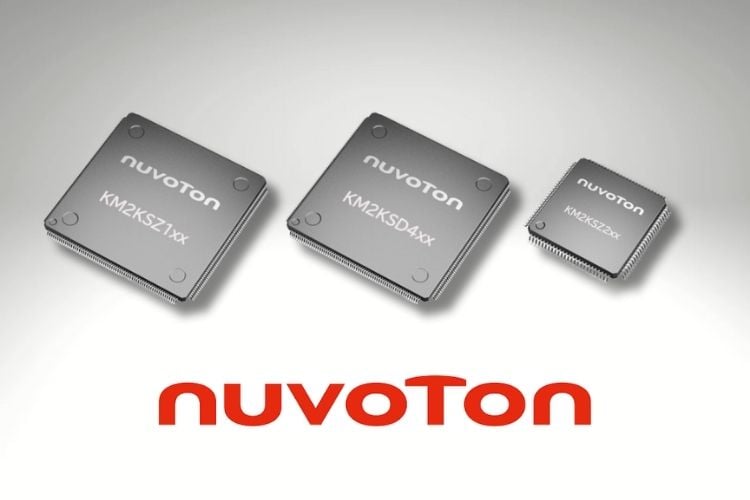
Nuvoton Technology Corporation Japan (NTCJ) has started mass production of its 4th-generation Gerda HMI display ICs, available in three variants. These ICs are designed to support future vehicle display systems, including electronic mirrors, AR head-up displays, and digital clusters, striving to improve driver visibility, comfort, and security.
Gerda-4M addresses optical challenges in electronic mirrors with localized contrast enhancement, primarily for low-light and high-glare conditions. With minimal latency, it processes videos, ensuring clearer night-time imagery. For AR-HUDs, the IC provides real-time image warping to match curved windshields and supports dual-focus projection, refining the in-sight display of navigation and ADAS data. In digital instrument clusters, Gerda’s built-in 2.5D graphics engine allows effects like depth and shading for enhanced clarity and design flexibility.
The ICs feature a high-speed, embedded memory up to 10MB in Gerda-4M, removing the need for external memory in most applications. Gerda-4L integrates a compression engine that allows full WXGA resolution output at 60 FPS with just the onboard memory, decreasing system complexity and cost. Security-wise, every variant supports ASIL-B functional safety through real-time monitoring, signal validation, and fail-safe mechanisms. An included Hardware Security Module with EVITA-Full compliance enables secure boot and over-the-air software updates, helping mitigate cyber threats in connected vehicles.
The Gerda series is ideal for a wide range of systems, including automotive cluster meters, HUDs, HVAC panels, and electronic mirrors. It supports standard automotive interfaces like CAN-FD, Ethernet MAC, MIPI CSI2, DRGB, and LVDS, and is available in multiple package sizes, including HQFP and LQFP. The Gerda-4M (KM2KSZ1xx), Gerda-4L (KM2KSD4xx), and Gerda-4C (KM2KSZ2xx) display ICs are now in mass production as of May 2025.

